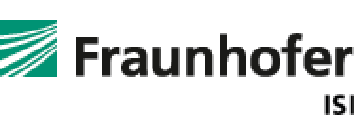Significant energy efficiency progress in industry since 2019
- Energy efficiency in EU industry improved by 1.5%/year on average since 2010, as measured with the energy efficiency index.
- The energy efficiency improvement rate was steady around 1.2%/year between 2010 and 2019. However, the trend has accelerated significantly since 2019 (2.3%/year).
- The energy efficiency of the manufacturing industry follows the same trend as the total industry. Improvements have been slightly faster since 2019, at around 2.4% per year.
Energy efficiency index in industry (EU)

Note : The energy efficiency index in industry is calculated as a weighted average of sub-sectoral indices of energy efficiency progress at the level of 14 branches: 6 main branches (chemicals, food, textile, wood, machinery, transport vehicles), 3 energy intensive branches (steel, cement and pulp and paper), 3 residual branches (other primary metals, other non-metallic minerals, other manufacturing, mining and construction. This index is corrected from the apparent loss of energy efficiency during periods of recession as well as from structural shift within each branch towards more energy intensive products : it corresponds to the technical index. Sub-sectoral indices are expressed in terms of energy used per ton produced for energy intensive products (steel, cement and paper) and in terms of energy used related to the production index for the other branches.
- Energy efficiency improvements in industry were slow at EU level over 2010-2019 (-1.2%/year). However, they have been significant in most countries since 2019 (2.3%/year at EU level), with 5 countries exceeding a rate above 3%/year.
Energy efficiency trends in industry in EU countries (2010-2023)






